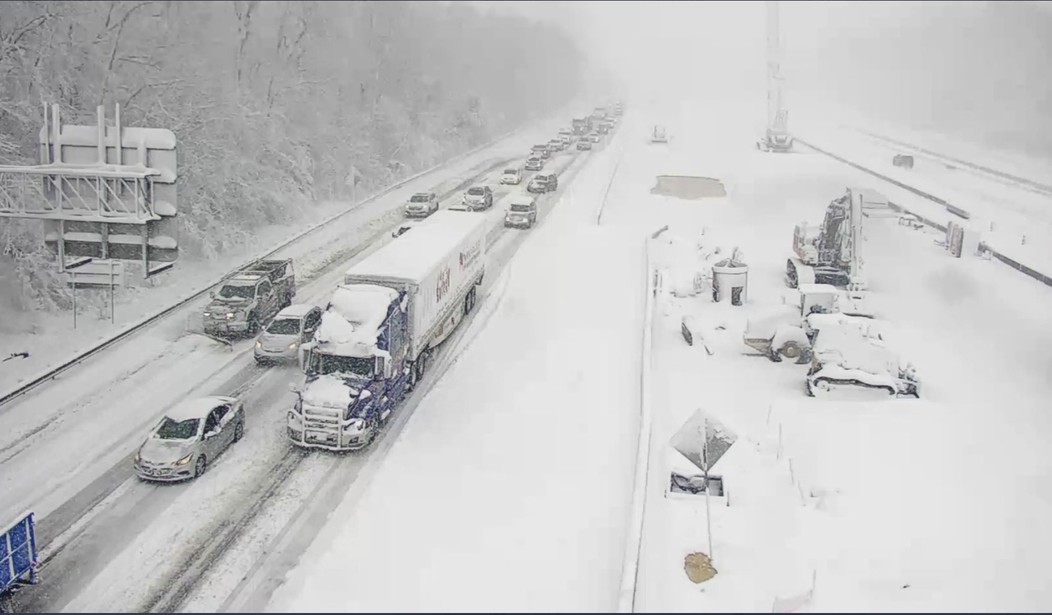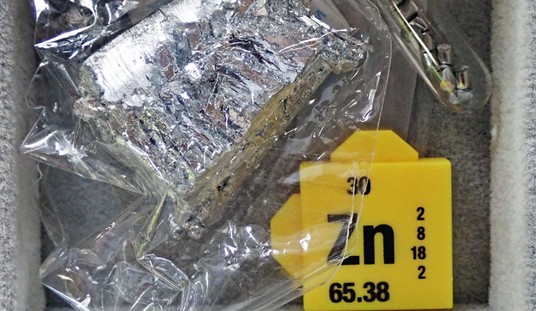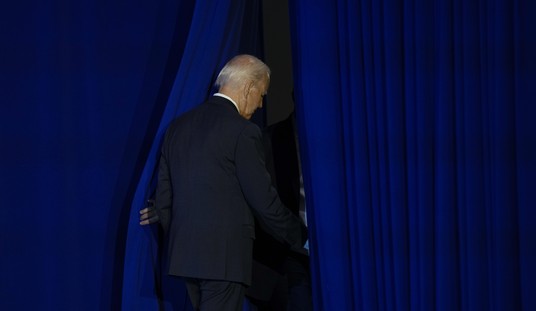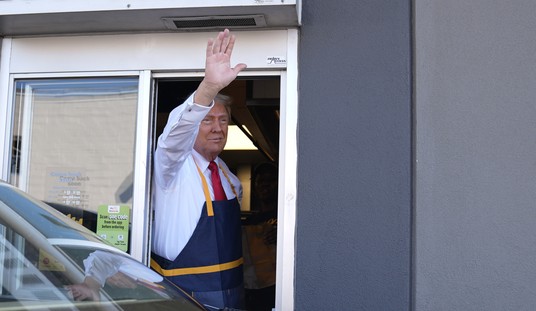Sometimes, the whole "anthropogenic climate change" warriors seem like the Energizer Bunny on crack: They just keep getting dumber, and dumber, and dumber. They propose solutions that won't work for a problem that, well, isn't.
Oh, yes, anthropogenic climate change isn't completely a fraud. The climate does change, and our activities do affect that. The question sensible people ask is this: Is our impact worth changing our modern, comfortable lifestyles over? The answer sensible people arrive at is "no."
But that doesn't stop the scolds from cooking up bad ideas, like scattering stuff in the upper atmosphere to partially block out the sun. We've seen this proposed before, but now there's a company that's actually talking about doing it.
Read More: Now, Climate Scolds Propose... Blocking the Sun. Really?
Stupidity on a Global Scale: UK's Government Plans to Blot Out the Sun
They're calling this "Project Stardust."
Janos Pasztor was conflicted. Sitting in his home office in a village just outside Geneva, he stared into the screen of his computer, where a bizarre Zoom call was taking place. It was Jan. 31, 2024. The chief executive of an Israeli-U.S. startup, to whom Pasztor had only just been introduced, was telling him the company had developed a special reflective particle and the technology to release millions of tons of it high into the atmosphere. The intended effect: to dim the light of the sun across the world and throw global warming into reverse. The CEO wanted Pasztor, a former senior United Nations climate official, to help. The company called itself Stardust Solutions.
Pasztor, a deliberate and self-assured Hungarian with thick, arched eyebrows that give him the appearance of a mildly perturbed owl, was stunned by the seriousness of Stardust’s operation. He had long been expecting that some company would try this. But the emergence of a well-financed, highly credentialed group represented a shocking acceleration for a technology still largely confined to research papers, backyard debates and science fiction novels.
Science fiction novels are where this stupid idea should stay - as a precautionary tale, only.
This goes way beyond the old science-fiction saw of "meddling with things we can't possibly comprehend." We have seen the results of this kind of thing happen naturally, most recently in 1815 when a great volcano, Mount Tambora, erupted in the Dutch East Indies (now Indonesia) and spewed millions of tons of dust and volcanic ash into the air, causing a "year without a summer," massive crop failures, and famine. Now imagine that today, with our heavily urbanized population, dependent on a long, fragile supply chain, and our modern agriculture, dependent on a few people to feed many. Our modern lifestyle is safe and comfortable, but it's a house of cards; one good volcanic eruption, or another big asteroid strike, could send us all back to the Stone Age.
That's the kind of thing that Stardust is playing with. Climate scolds love to talk about tipping points, but in reality, they have no freaking idea where any such tipping point may be when it comes to just pouring reflective particles into our atmosphere. We're talking about geoengineering; in a sense, terraforming, with effects on a planetary scale. We're talking about messing with natural systems and rhythms that are far too vast, too complex, and too chaotic for us to completely understand.
But boy, howdy, if it doesn't look like they're going to give it a try.
Stardust has been moving full speed ahead. In October, the company announced a fundraising milestone: It had secured $60 million from funds linked to, among others, Silicon Valley luminaries and an Italian industrial dynasty, bringing the total amount raised by the two-year-old startup to $75 million. It was a stunning development, far larger than any previous investment in solar geoengineering, and it placed Stardust way out in front of the few other groups looking to turn it from a theory into a business. “Don’t want to say only serious game in town,” said Gernot Wagner, climate economist at Columbia Business School and author of Geoengineering: The Gamble. “But yeah.”
As I mentioned, we've seen this idea before. But these people seem to actually want to try it.
Here's the onion:
The growing gap between Stardust’s progress and the public’s knowledge of the company has unsettled many scientists. “The way they’re going about it is absolutely the most toxic, worst way,” said Daniele Visioni, a climate scientist at Cornell University who spent half a day speaking with the company at the beginning of summer 2024 about their plans after they asked him for advice. Visioni could not get answers to many of his questions after refusing to sign a non-disclosure agreement. “There is nothing that makes people lose trust more than saying, ‘Oh this is all secret. But trust us.’”
As a private company whose technology is subject to little regulation, Stardust and its backers have no legal obligations to adhere to strenuous safety principles or to submit themselves to the public view. In fact, being totally transparent would be extremely rare for a startup. But when the stakes are so high, many critics of the company have said what’s normal for a startup isn’t really the point. For Pasztor, and a widening circle of researchers and government officials, Stardust’s perceived failures to be transparent about its work and technology have triggered a larger conversation about what kind of international governance framework will be needed to regulate a new generation of climate technologies.
Or we could (and should) just give the whole thing up as a waste of time. But there are real dangers in what's going on with this Stardust outfit.
The first layer of this onion is their lack of transparency. There are no international agreements or regulations around spewing reflective particles into the upper atmosphere, because there has been no reason for them.
The second layer lies in Stardust's apparent secretiveness. Nobody who hasn't signed a non-disclosure agreement knows exactly what they are up to, what they plan to do, and how much of it they plan to do.
The third layer of this stinker is, again, that they almost certainly have very little idea what effect their plans would really have.
This probably won't go anywhere. For one thing, doing this on a planetary scale would require prodigious resources, literally on a planetary scale. It's near-certain that Stardust doesn't have any such resources, even with the generous donations described. Even so, this is a dangerous notion, based on the worst sort of human hubris: That we know what the planet's "correct" temperature is and that we can adjust the planet's thermostat with confidence.
Stardust's whole scheme sounds a lot like the plotting of a James Bond villain, and with good reason. Literally nothing good can come out of this.













